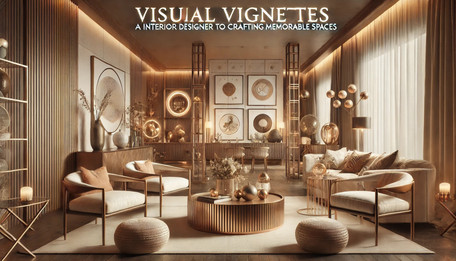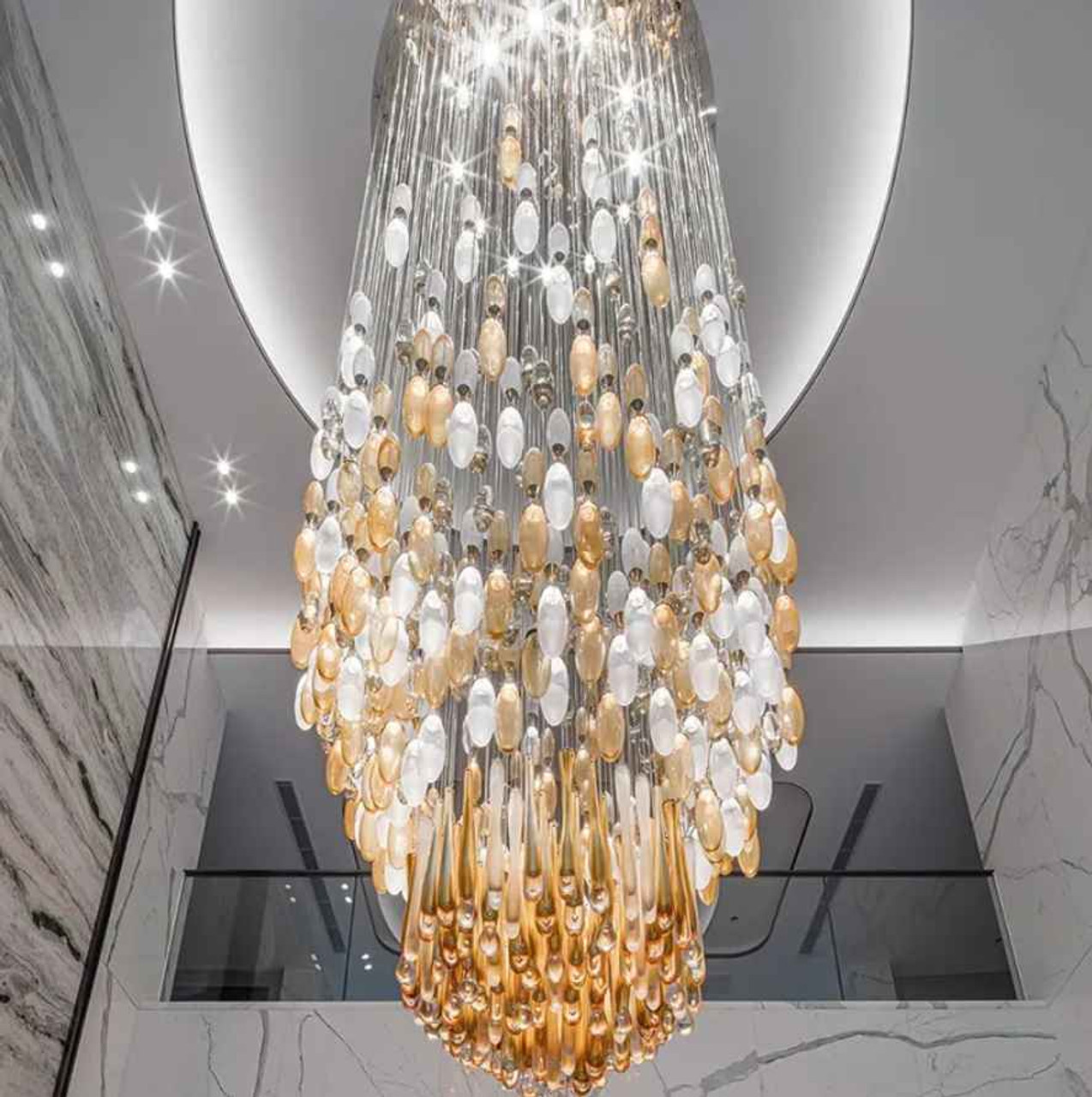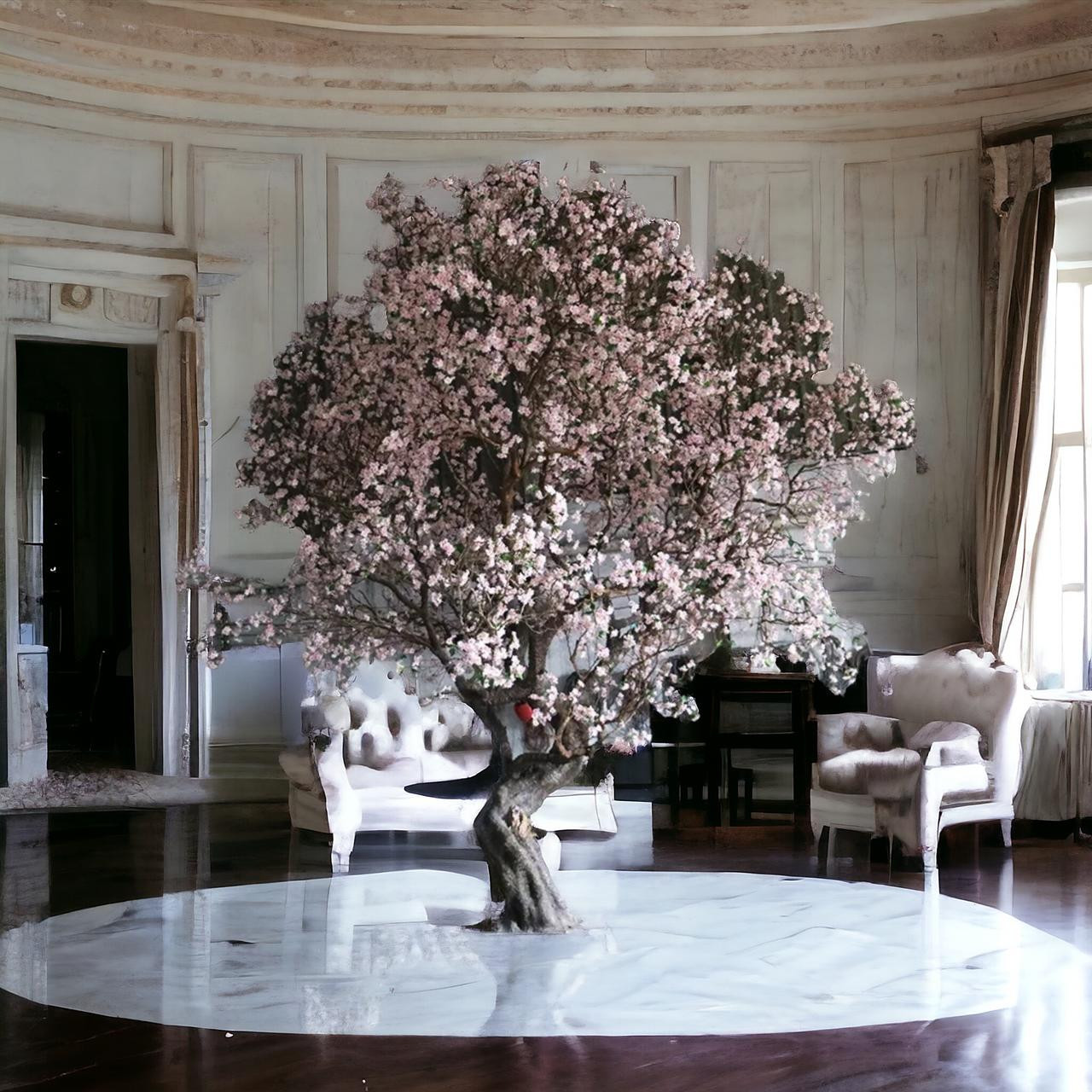Visual Vignettes: An Interior Designer’s Guide to Crafting Memorable Spaces - Maximize impact inside buildings with techniques inspired by the world's best interior projects.
1st Aug 2024
Visual Vignettes: An Interior Designer’s Guide to Crafting Memorable Spaces
Interior design is more than just arranging furniture; it's about creating experiences and moments that leave lasting impressions. This paper explores how interior designers can craft memorable spaces using techniques inspired by some of the world's best interior projects. By examining real-world examples, we can uncover the principles that make these spaces impactful and how to apply them effectively.
Understanding Visual Vignettes
Visual vignettes in interior design are small, curated compositions within a larger space that draw attention and create a focal point. These vignettes can be a combination of furniture, art, lighting, and accessories that together tell a story or evoke a particular emotion. The goal is to create areas within a room that capture the eye and enhance the overall experience of the space.
The Power of Context and Storytelling
One of the most effective ways to create memorable spaces is through storytelling. Each element within a visual vignette should contribute to a larger narrative that reflects the purpose of the space and the identity of its users. This approach is evident in some of the most celebrated interior projects of 2023.
The Beijing Parade Restaurant
The Beijing Parade restaurant in Beijing, China, exemplifies storytelling through design. Inspired by the grandeur of the Tang Dynasty, the restaurant uses elements such as axe-split stone, aged copper logos, and rock cliff installations to recreate the historic Silk Road ambiance. The meticulous attention to detail, from twisted trunks and moss-covered stones to panoramic views of rolling peaks, immerses diners in a vivid historical narrative, making the dining experience both memorable and unique.
Longfor Origin Sales Center
In Wuhan, China, the Longfor Origin Sales Center transforms a traditional sales center into a bespoke club space. The design incorporates a dynamic spiral chandelier and an astrolabe design to create an immersive environment. By day, natural light illuminates the space, while at night, it transforms into a star-lit ambiance. This project demonstrates how blending art, technology, and local cultural elements can redefine a space, making it both functional and evocative.
The Role of Functionality and Aesthetics
A successful visual vignette balances aesthetics with functionality. The design should not only be visually appealing but also serve a practical purpose, enhancing the usability of the space.
LinkedIn Atlanta
The LinkedIn office in Atlanta, designed by Gensler, is a prime example of this balance. The office is divided into four neighborhoods, each with a unique work setting that caters to different needs and workstyles. The design draws inspiration from Atlanta’s urban landscape, using elements like roads, bridges, and schools to create a vibrant and optimistic workspace. This thoughtful integration of aesthetics and functionality fosters a strong community ethos among employees and aligns with LinkedIn's mission to connect people.
Materiality and Texture
Materials and textures play a crucial role in defining the character of a visual vignette. The choice of materials can evoke different emotions and contribute to the overall narrative of the space.
Wushang Dream Mall International Cinema
The Wushang Dream Mall International Cinema in Wuhan uses materials and textures to create a dynamic, cityscape-inspired environment. The design features rectangular and trapezoidal 'boxes' on ceilings and walls that mimic skyscrapers, while concealed luminaires cast light through the gaps, resembling illuminated city streets. Marble patterns dominate the interior, extending across floors, walls, seating, and the bar counter. The innovative use of materials and textures not only captures the essence of a bustling city but also addresses practical considerations like acoustics and cost efficiency.
Lighting and Ambiance
Lighting is a powerful tool in interior design that can transform the mood and perception of a space. The right lighting can highlight key elements of a visual vignette and create a desired ambiance.
Six Senses Hotel
The Six Senses hotel lobby uses seating amidst greenery to create a connection to nature, enhanced by thoughtful lighting that creates a serene and calming environment. The strategic placement of lights accentuates the natural elements, making the lobby a memorable entry point for guests.
Integrating Nature
Incorporating natural elements into interior design can create a sense of tranquility and well-being. This biophilic approach connects people with nature, enhancing the sensory experience of a space.
The Silo Hotel
The Silo Hotel in Cape Town integrates nature into its design by incorporating large windows that offer stunning views of the harbor and mountains. The use of natural materials like wood and stone, combined with a palette inspired by the surrounding landscape, creates a harmonious blend between the interior and exterior environments. This connection to nature not only enhances the aesthetic appeal but also promotes a sense of relaxation and well-being for guests.
Flexibility and Adaptability
Modern interior design often requires flexibility and adaptability to meet the changing needs of users. Creating spaces that can easily transform for different purposes adds value and functionality.
The Longfor Origin Sales Center
The Longfor Origin Sales Center is designed to be adaptable, shifting from a sales center by day to a club space by night. This flexibility is achieved through the use of dynamic lighting, movable partitions, and versatile furniture. By accommodating different functions, the design maximizes the utility of the space and ensures it remains relevant and engaging for users.
Conclusion
Crafting memorable spaces through visual vignettes involves a careful balance of aesthetics, functionality, materiality, lighting, and adaptability. By drawing inspiration from some of the world’s best interior projects, designers can create environments that not only look stunning but also tell a compelling story and serve the needs of their users. Whether it's the historical richness of the Beijing Parade restaurant or the dynamic, community-focused design of LinkedIn Atlanta's office, the principles of creating impactful visual vignettes remain the same: attention to detail, thoughtful integration of elements, and a deep understanding of the space’s purpose and users.




